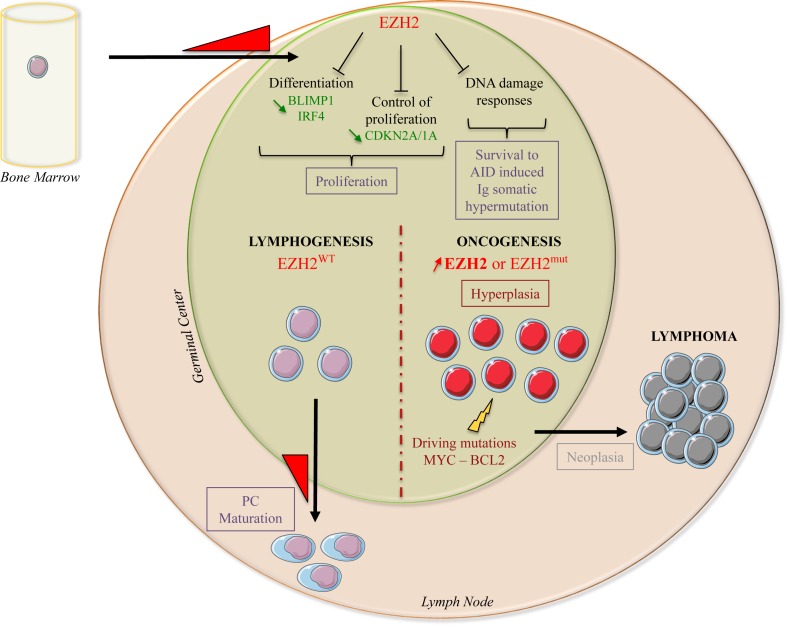Figure 3. EZH2 biological functions during normal B-cell differentiation and lymphomagenesis.
During normal B-cell differentiation, EZH2 expression is induced when naive B-cells enter the germinal center for affinity maturation and antibody class switching. Through H3K27 tri-methylation, EZH2 represses the expression of negative cell cycle regulators (CDKN2A and CDKN1A) and of B- cell differentiation transcription factors (BLIMP1 and IRF4), leading to immature B-cell expansion. EZH2 also inhibits DNA damage response pathways, allowing survival of B-cells during AID-mediated somatic hypermutation of Ig genes. EZH2 expression decreases when B-cells exit the germinal centers, leading to de-repression of EZH2 target genes to support plasma cell maturation. Conversely, activating mutations or EZH2 overexpression lead to an imbalance due to increased repression of EZH2 target genes, induction of proliferation and blockade of B-cell maturation. Additional oncogenic hits (c-MYC or BCL2 deregulation) will then further promote cell transformation.

